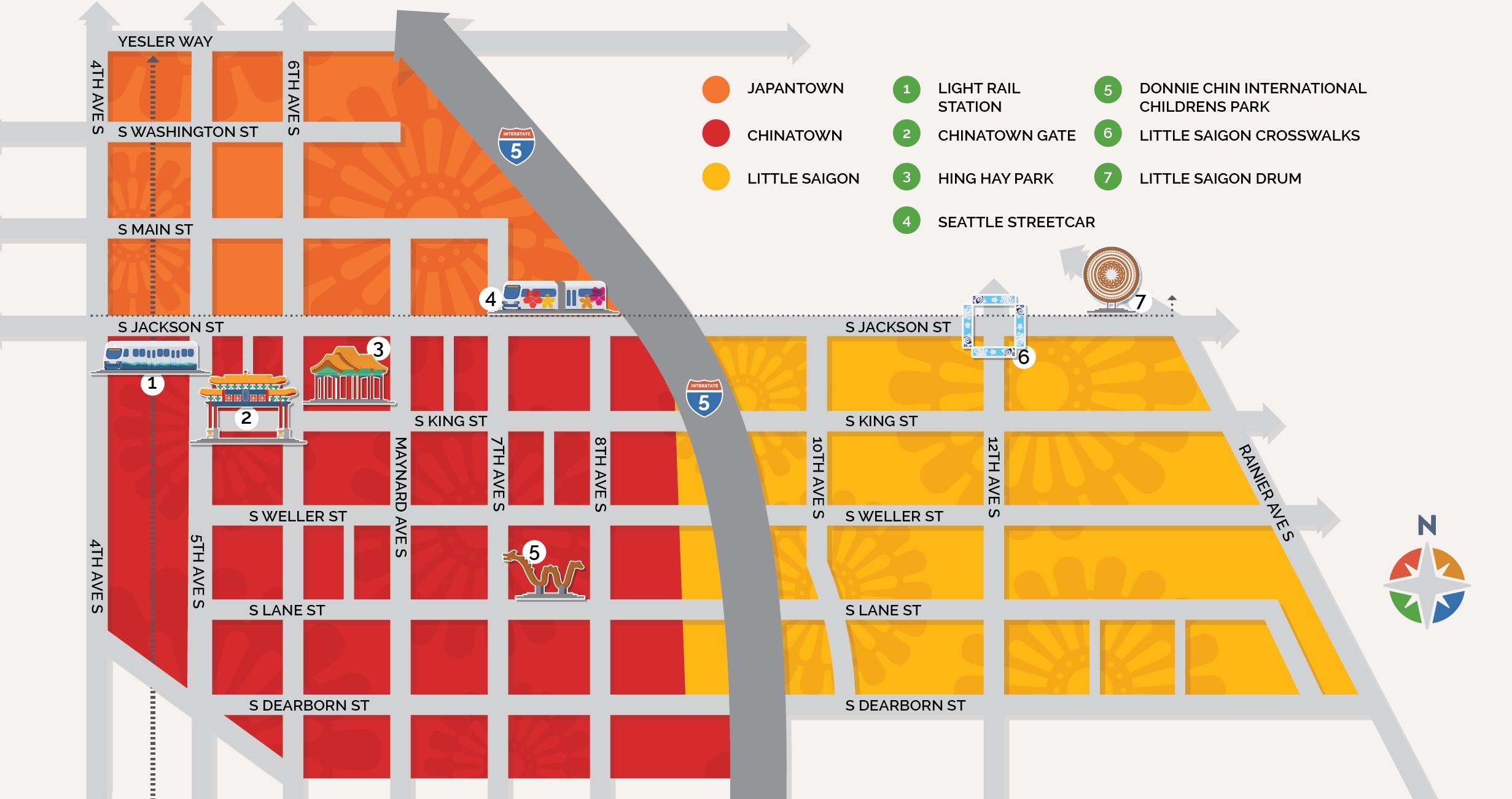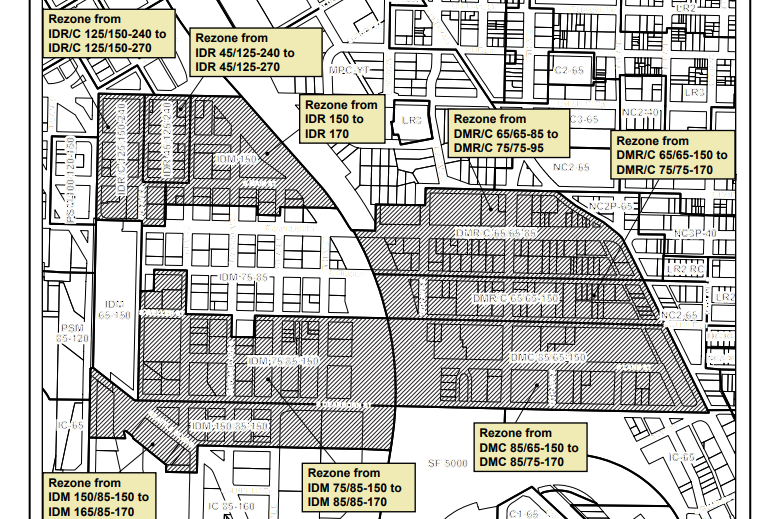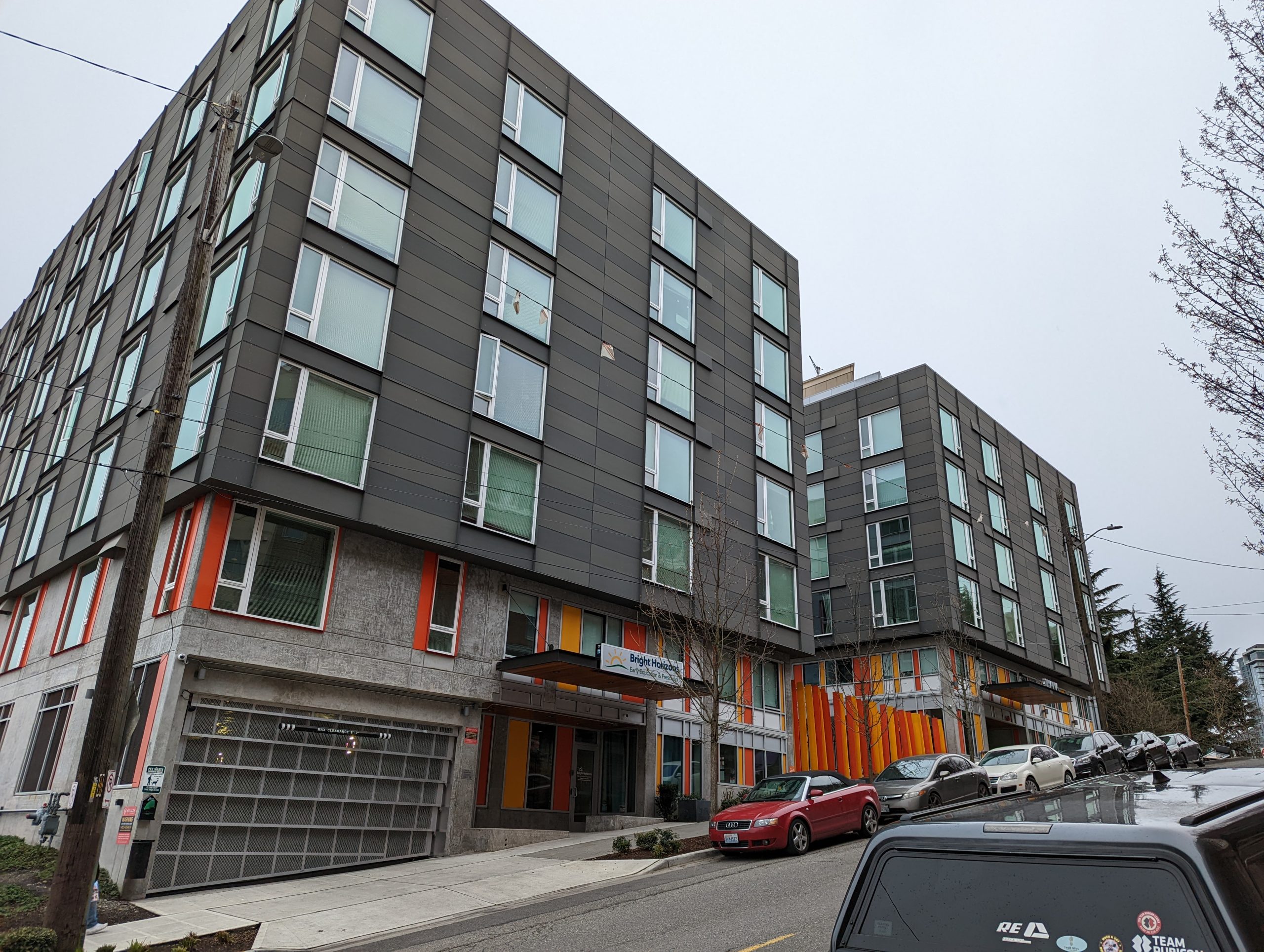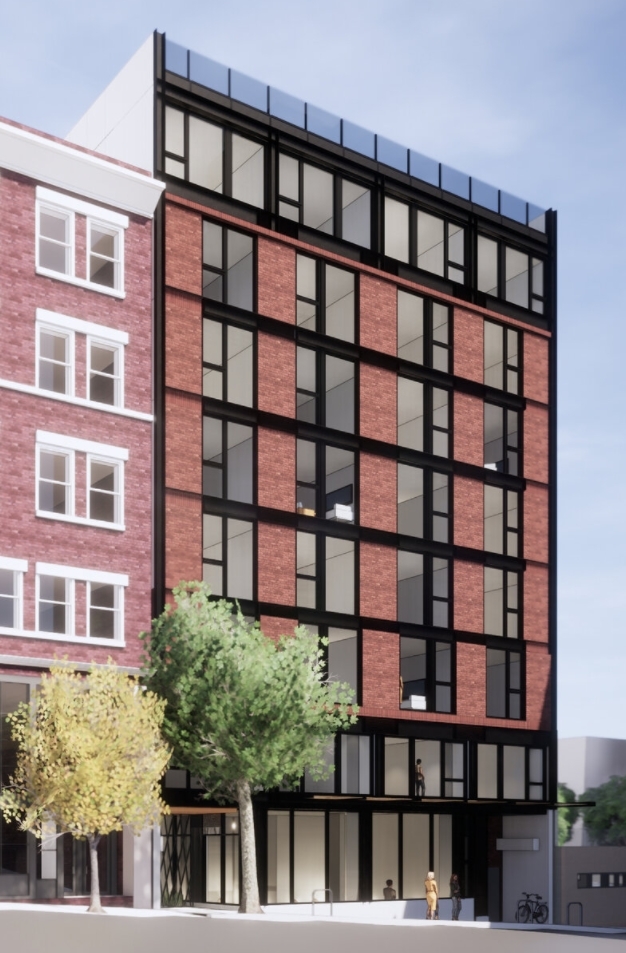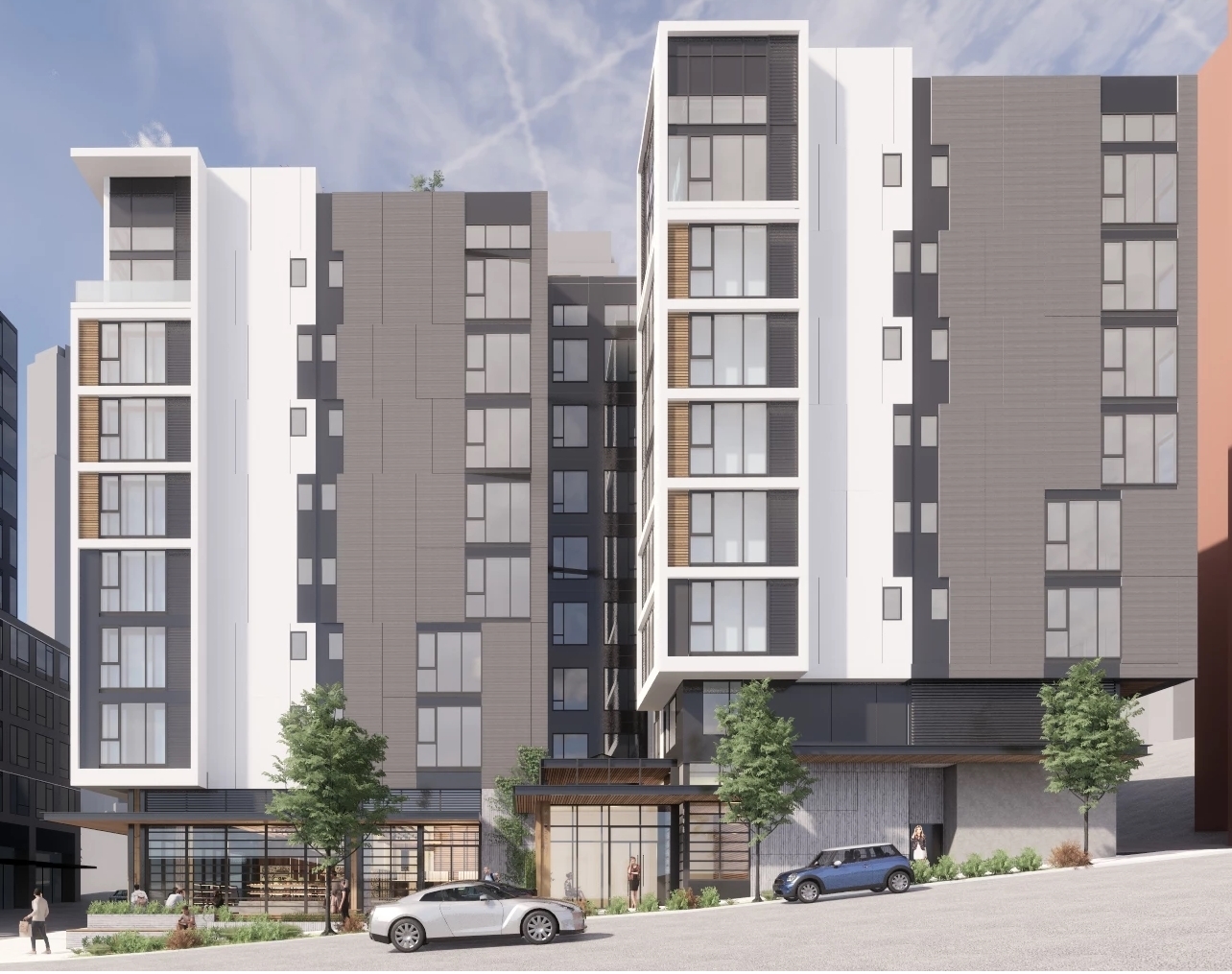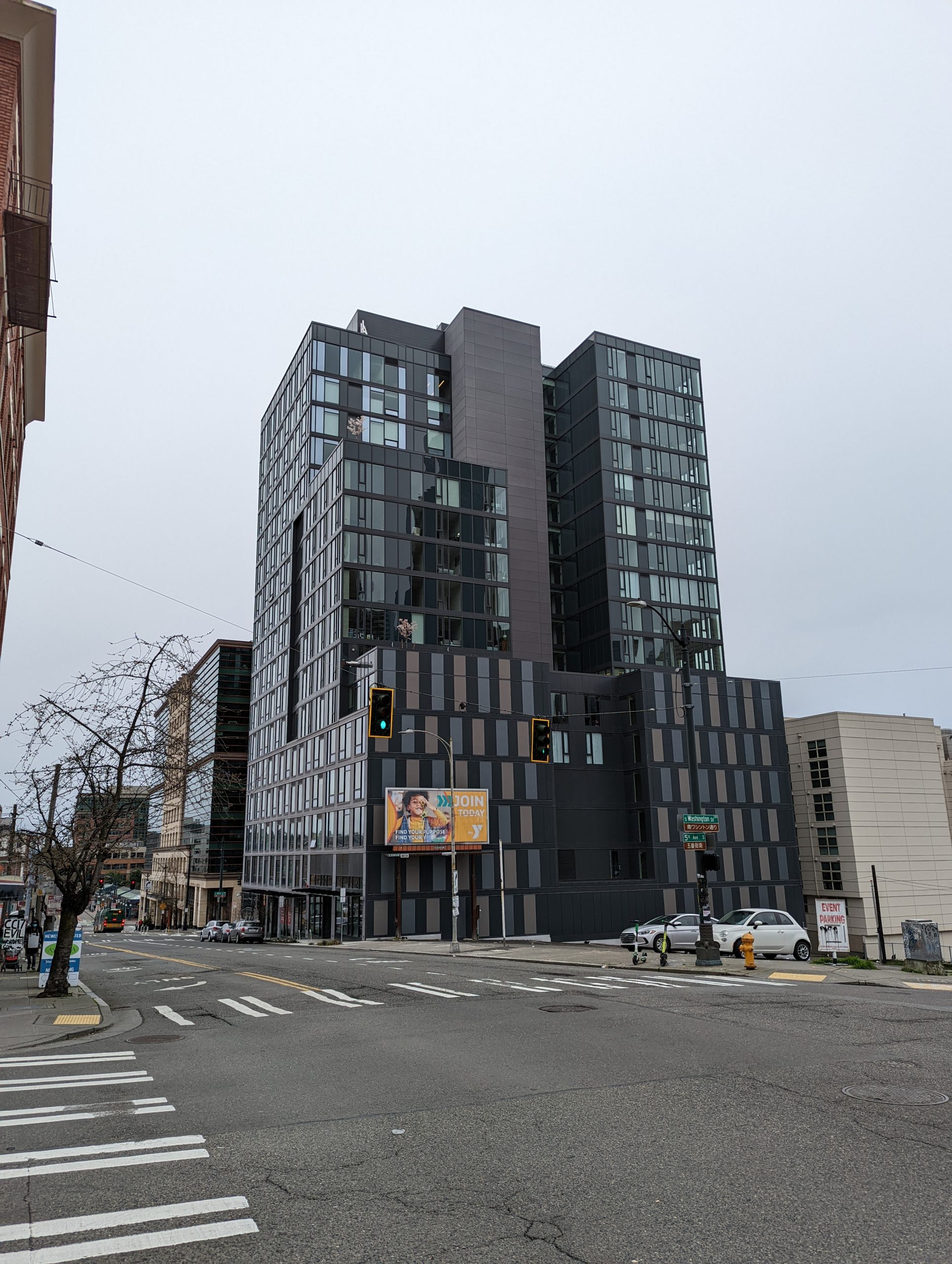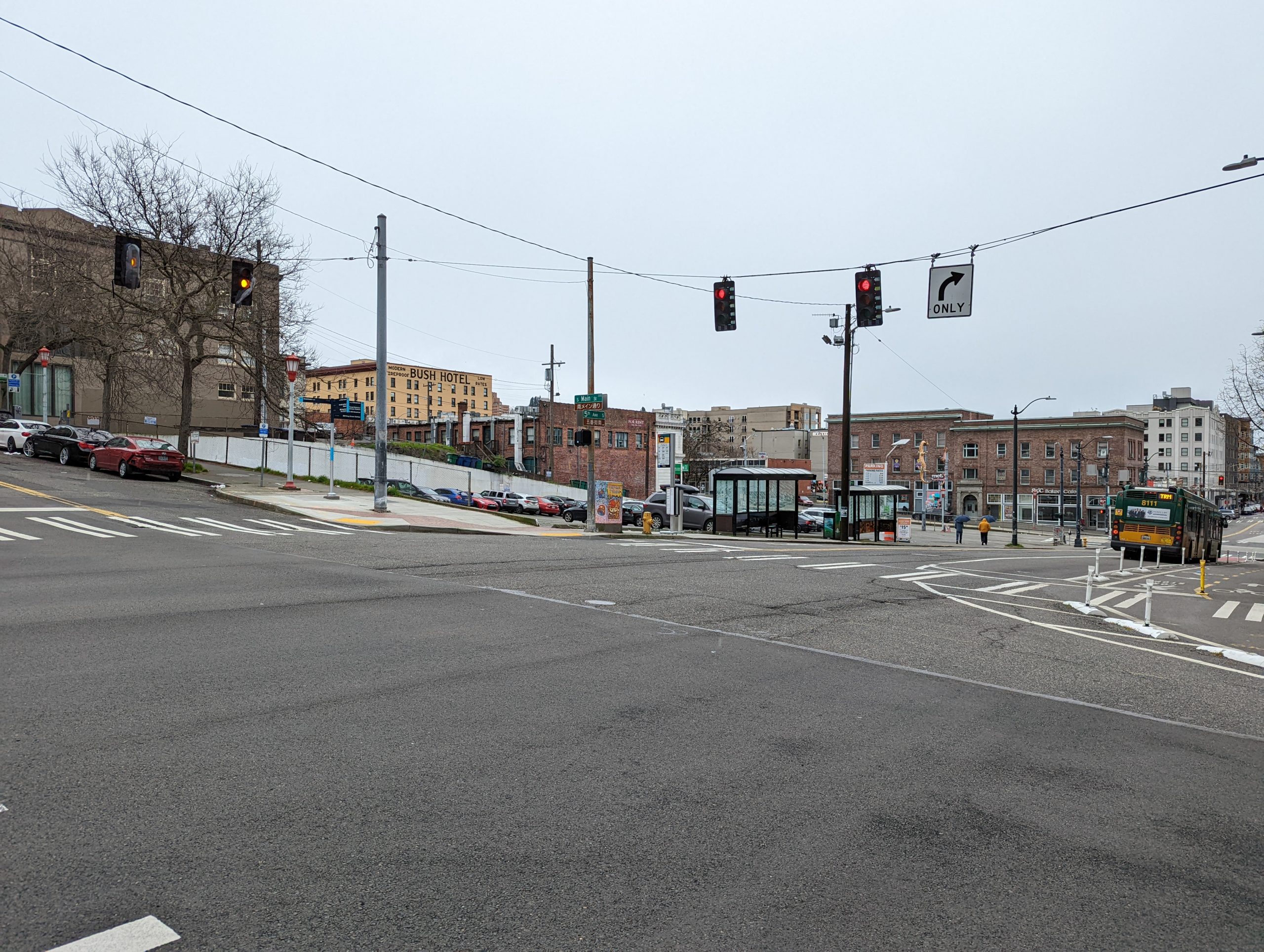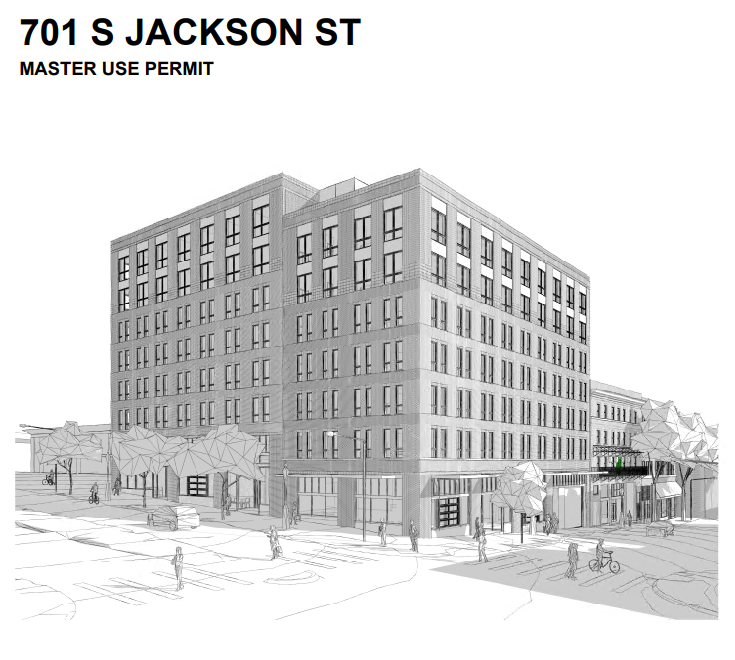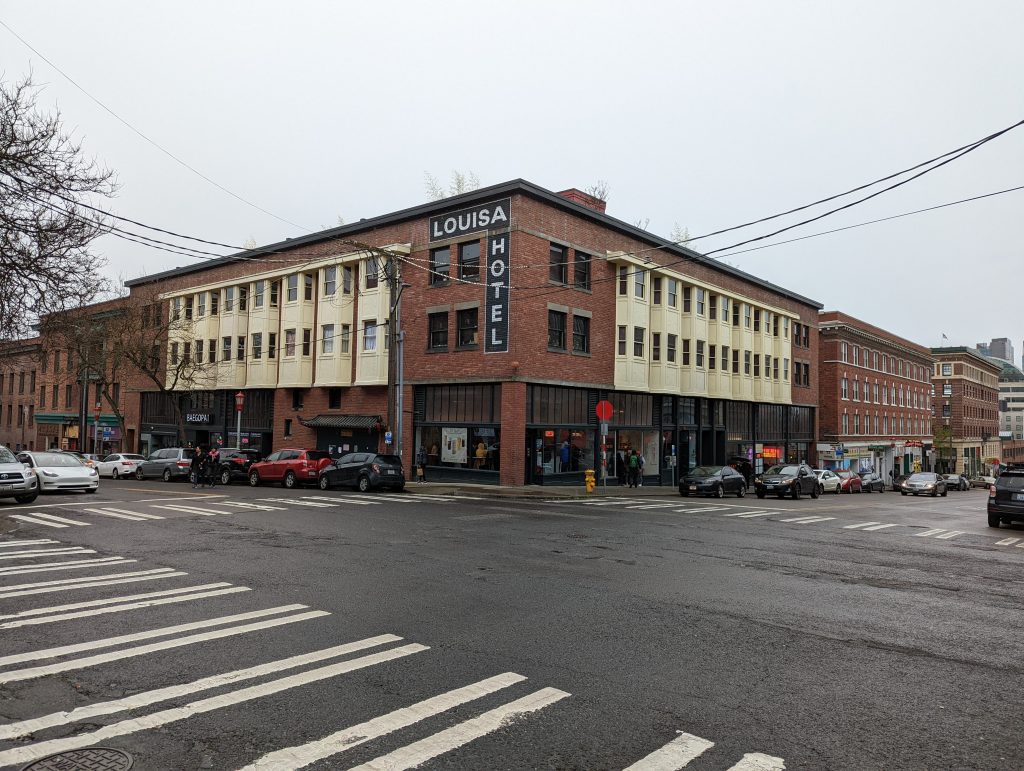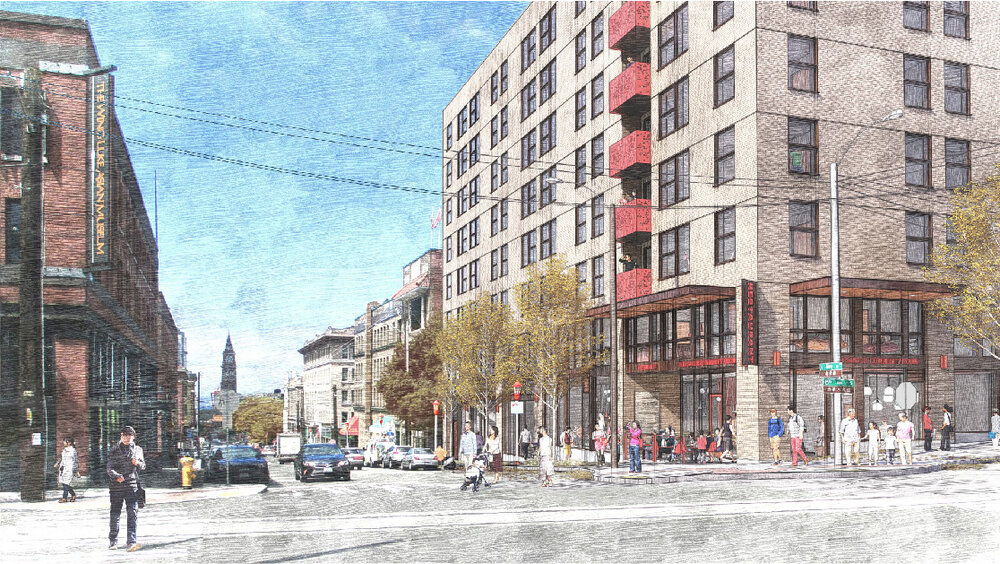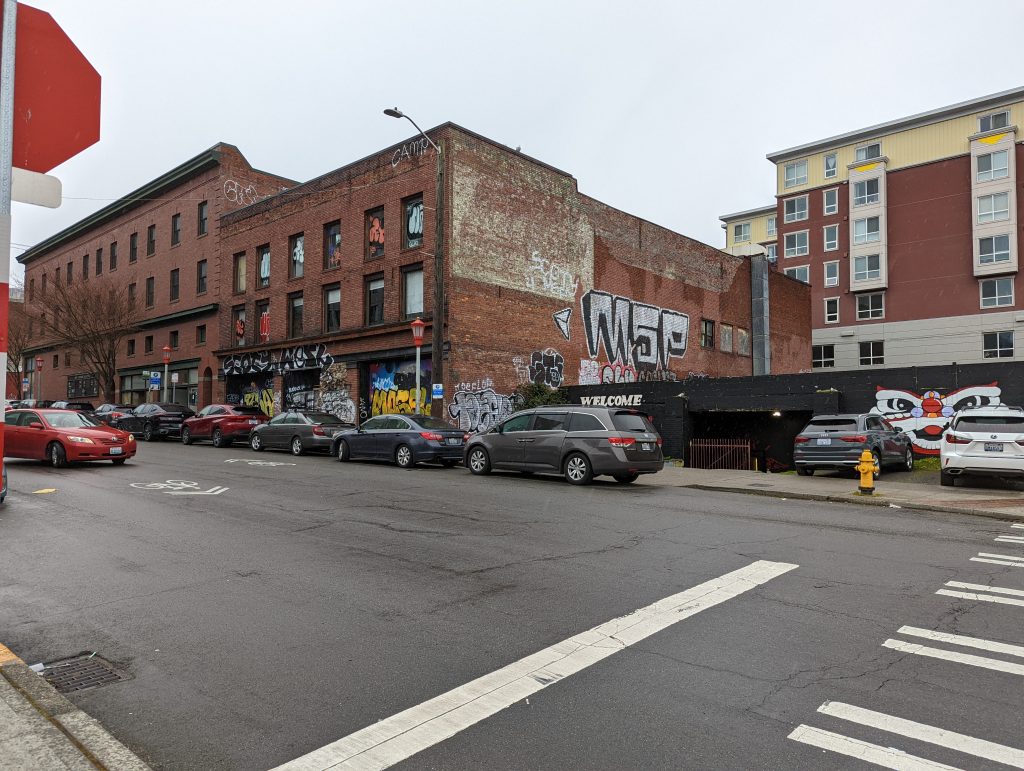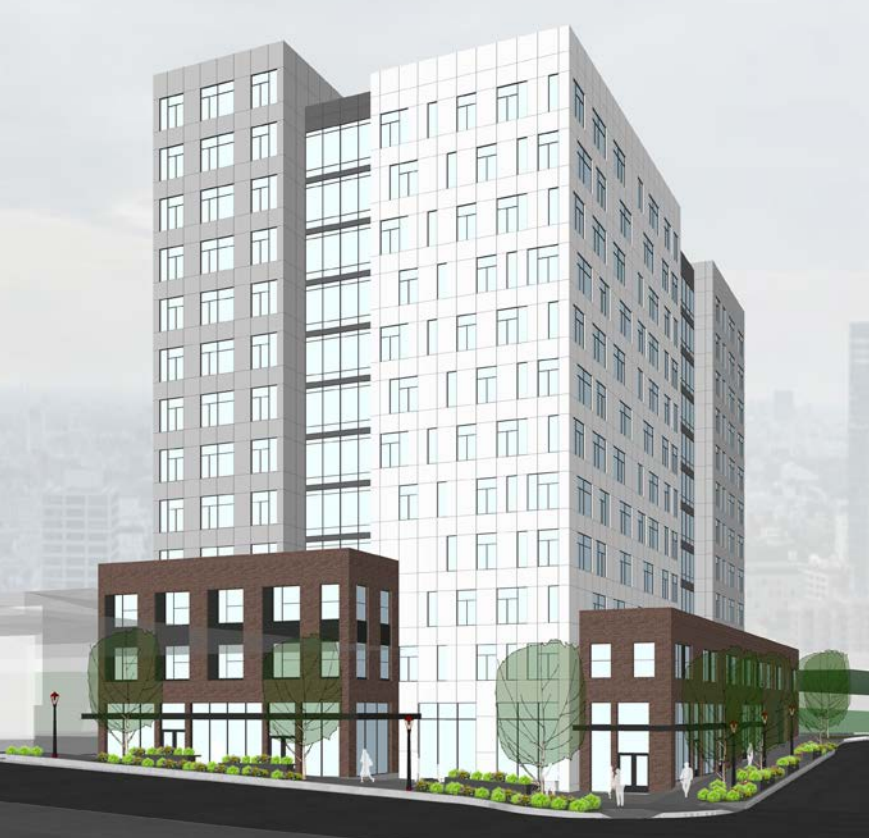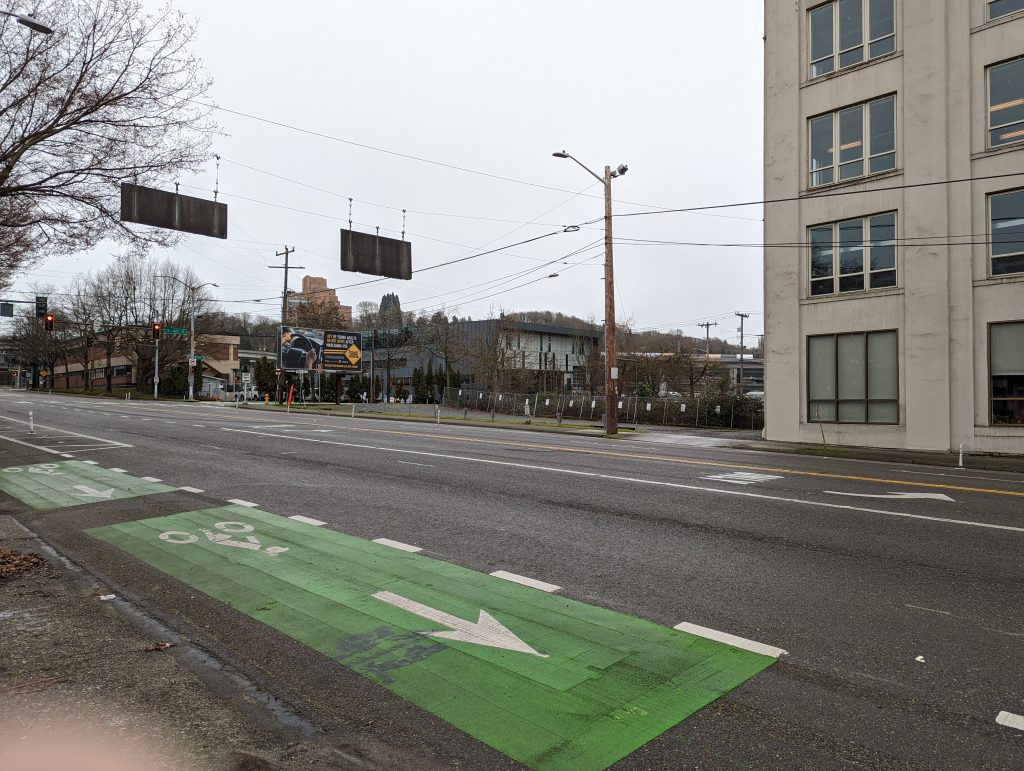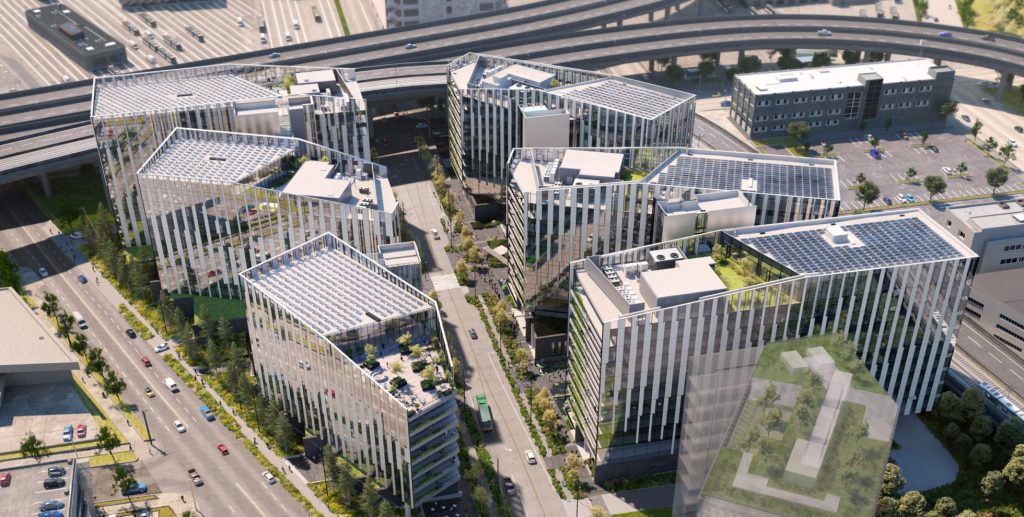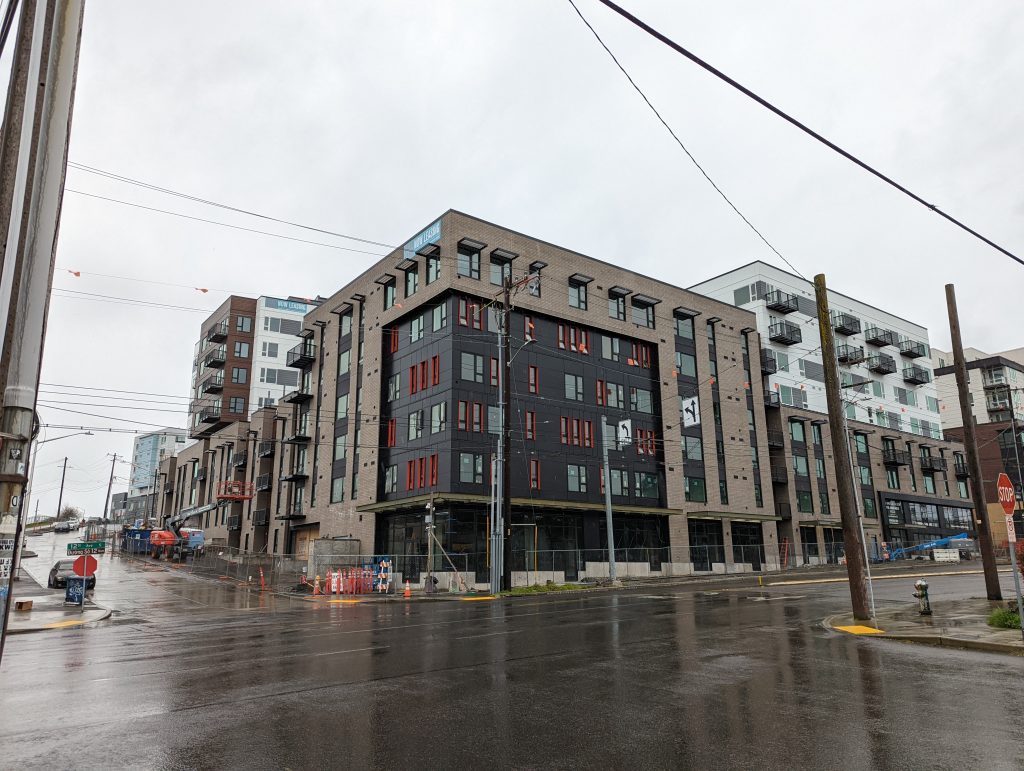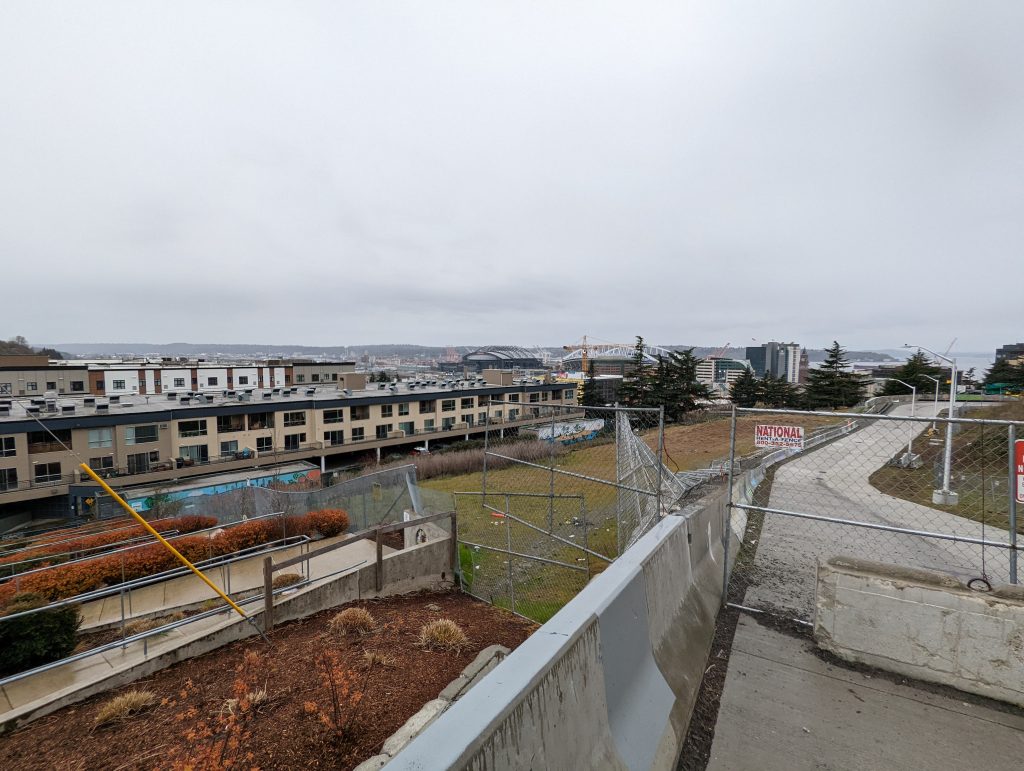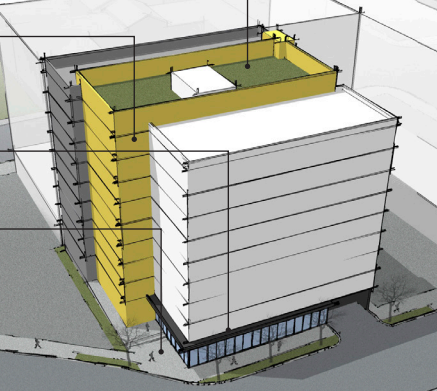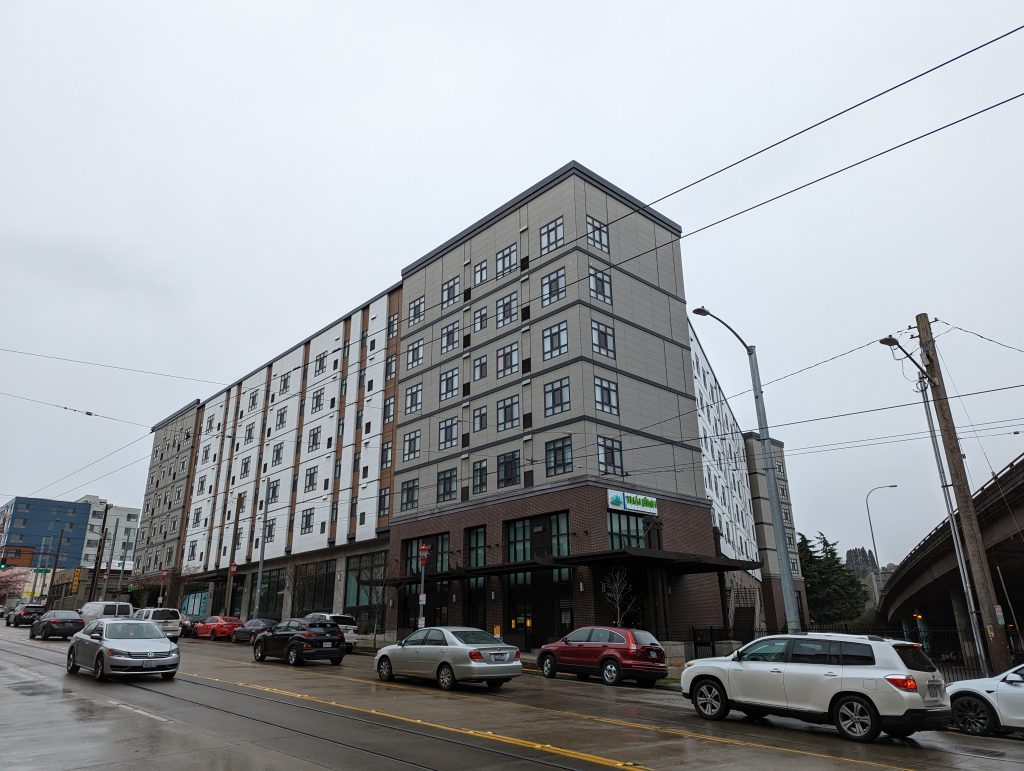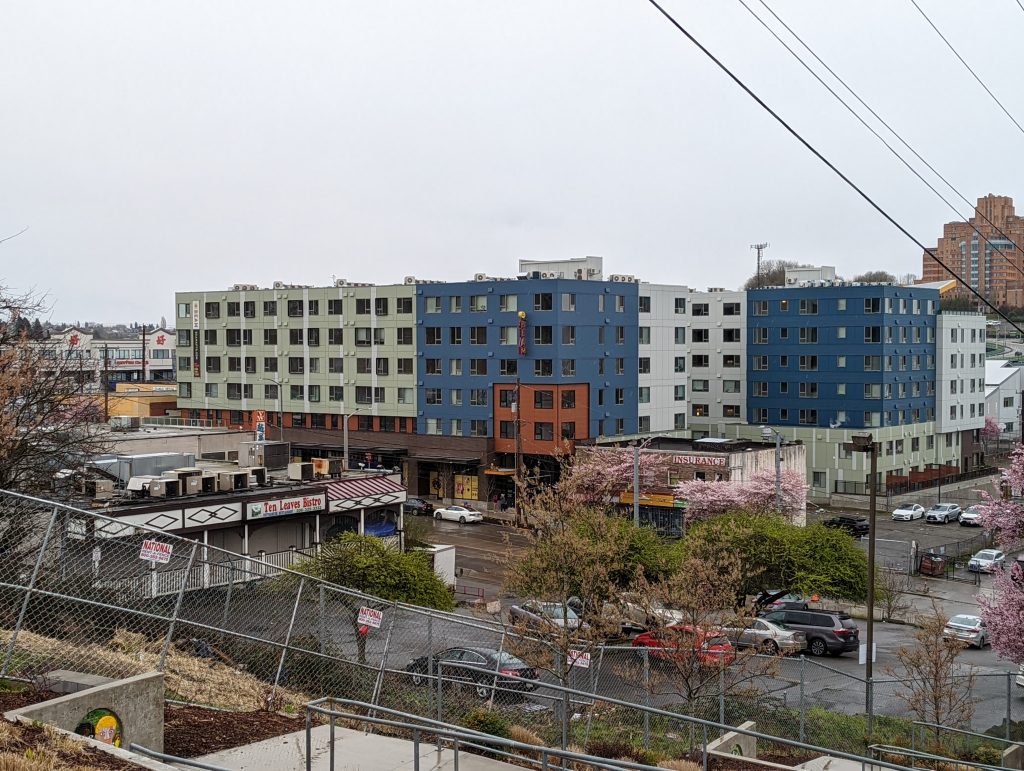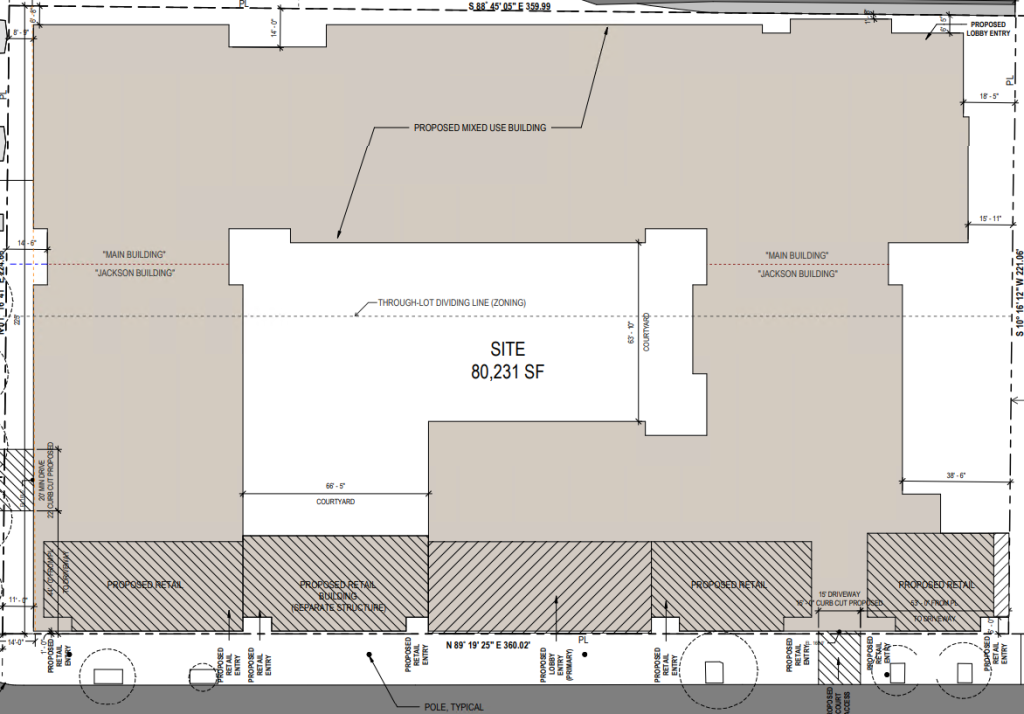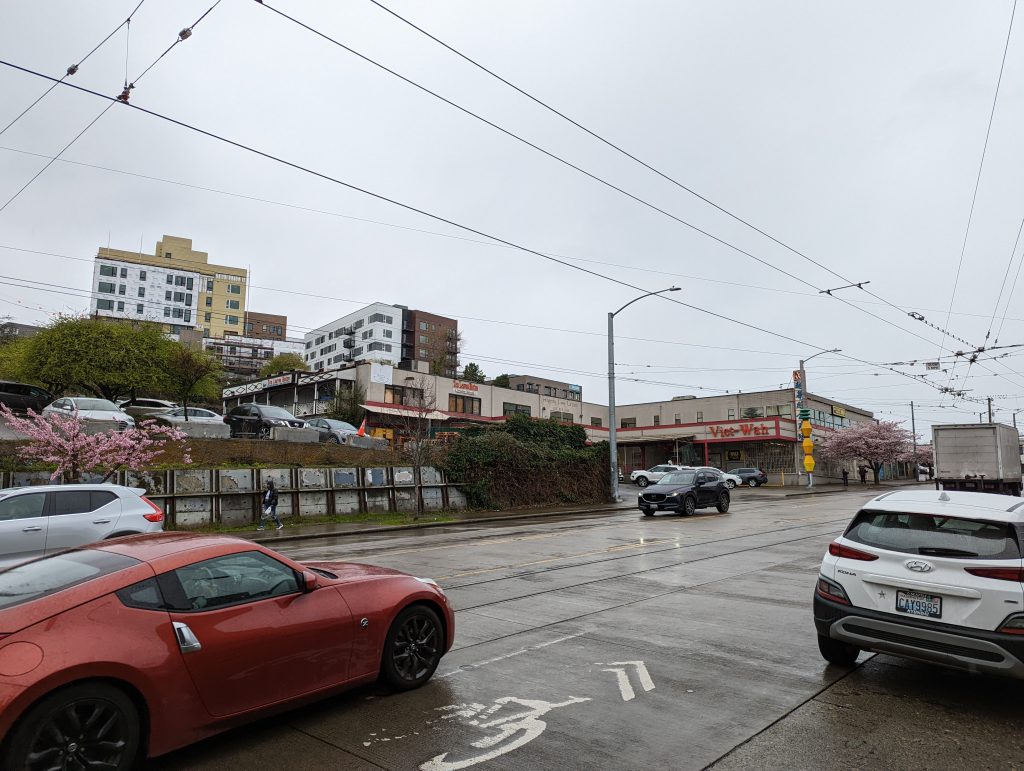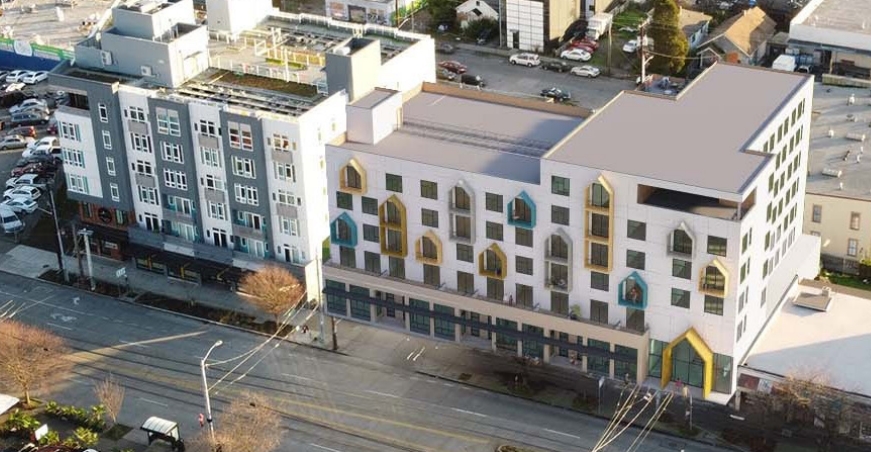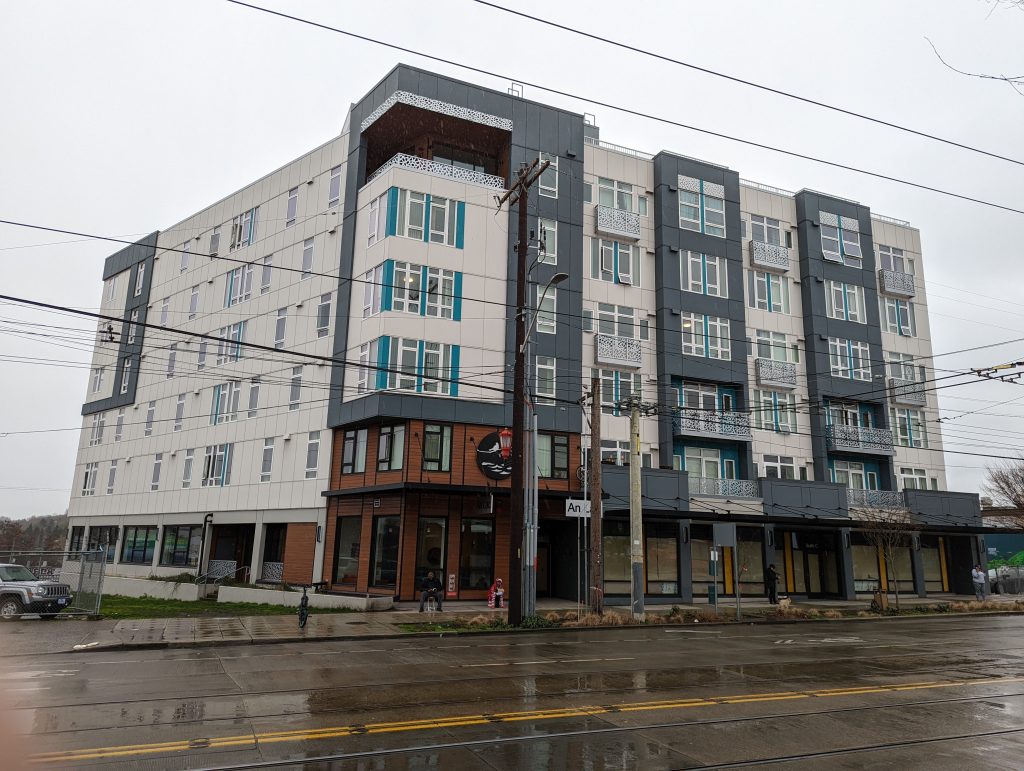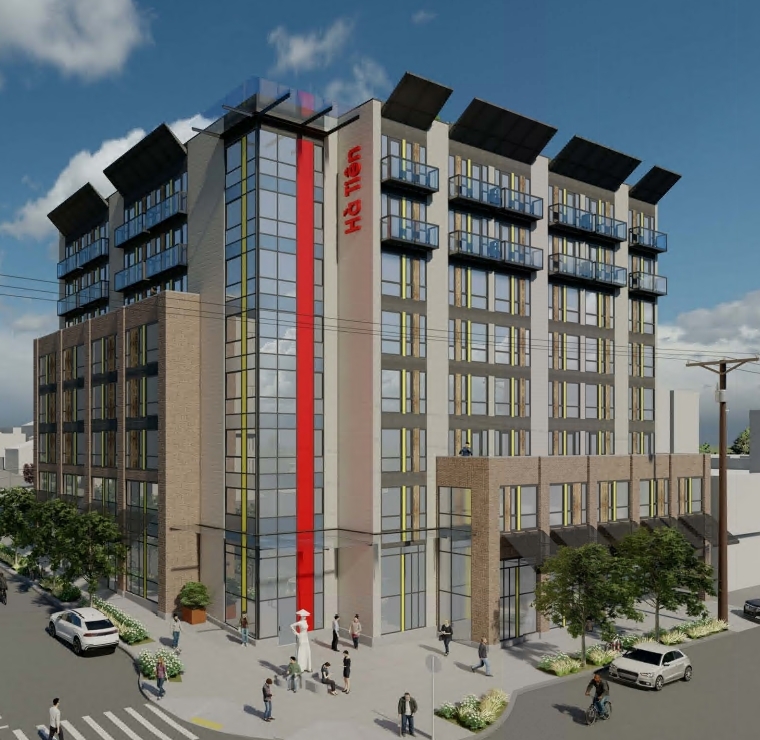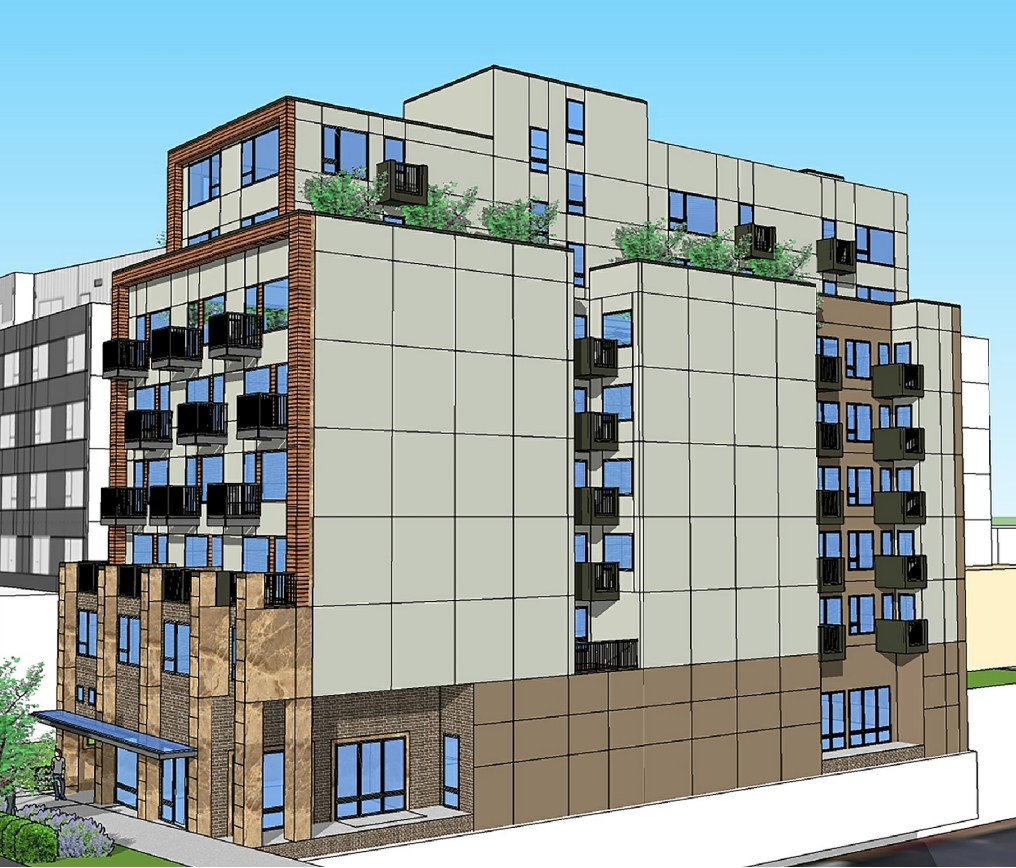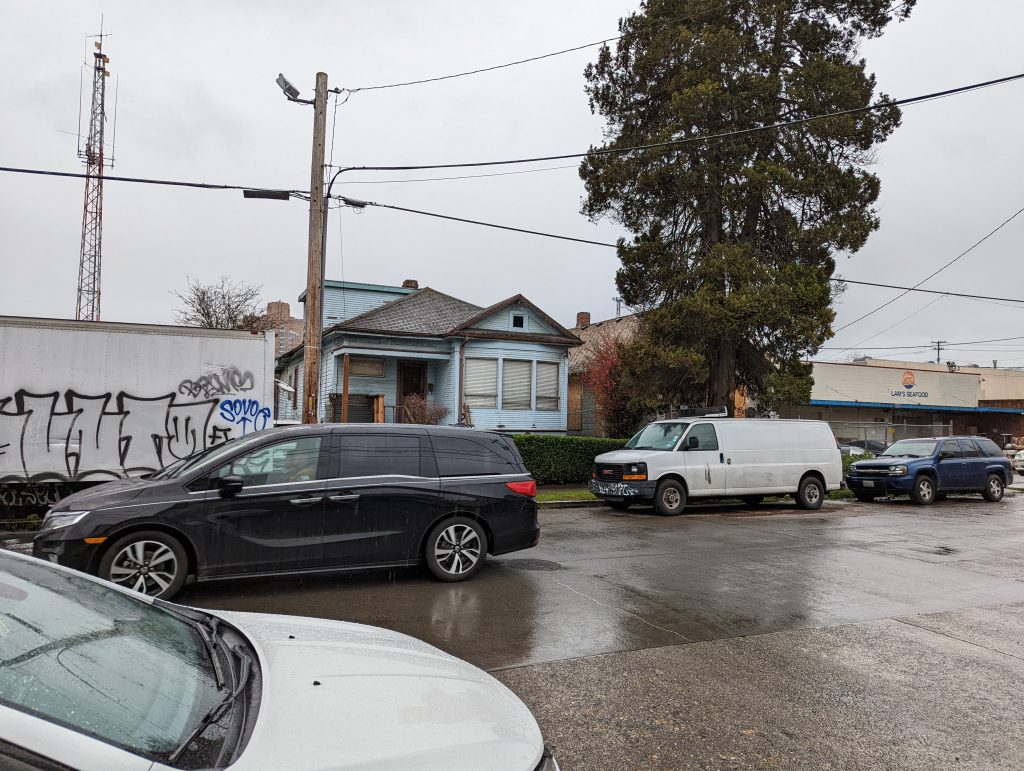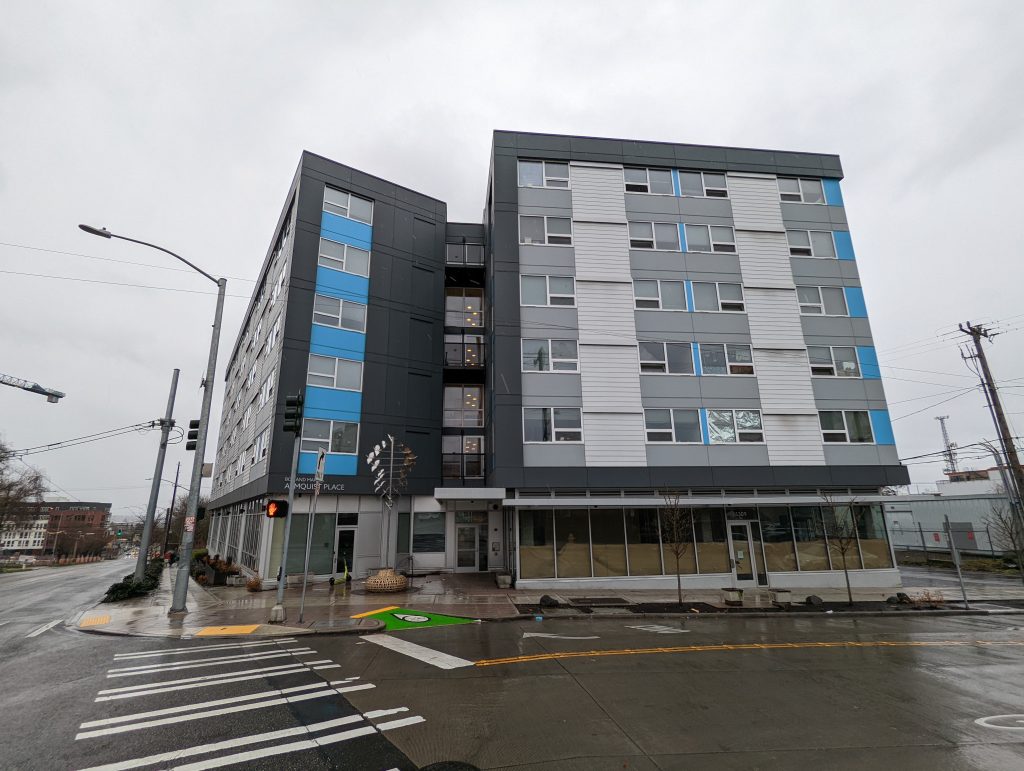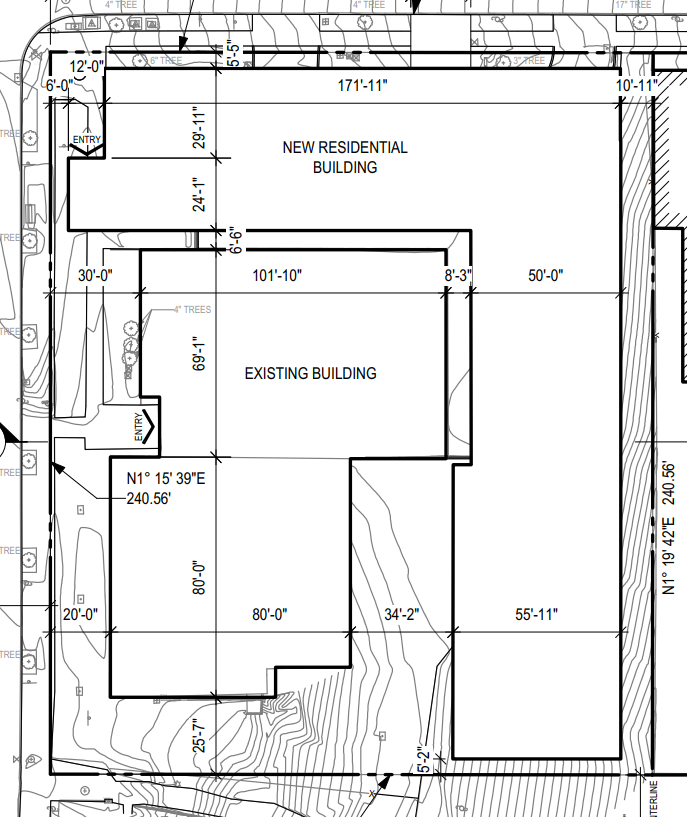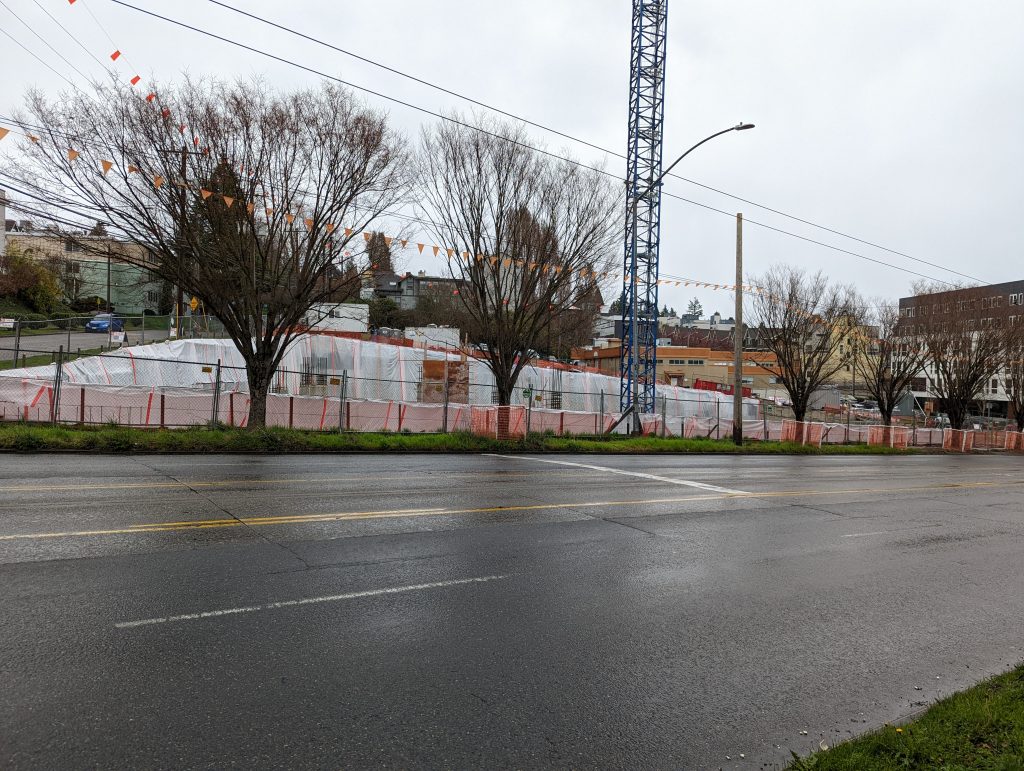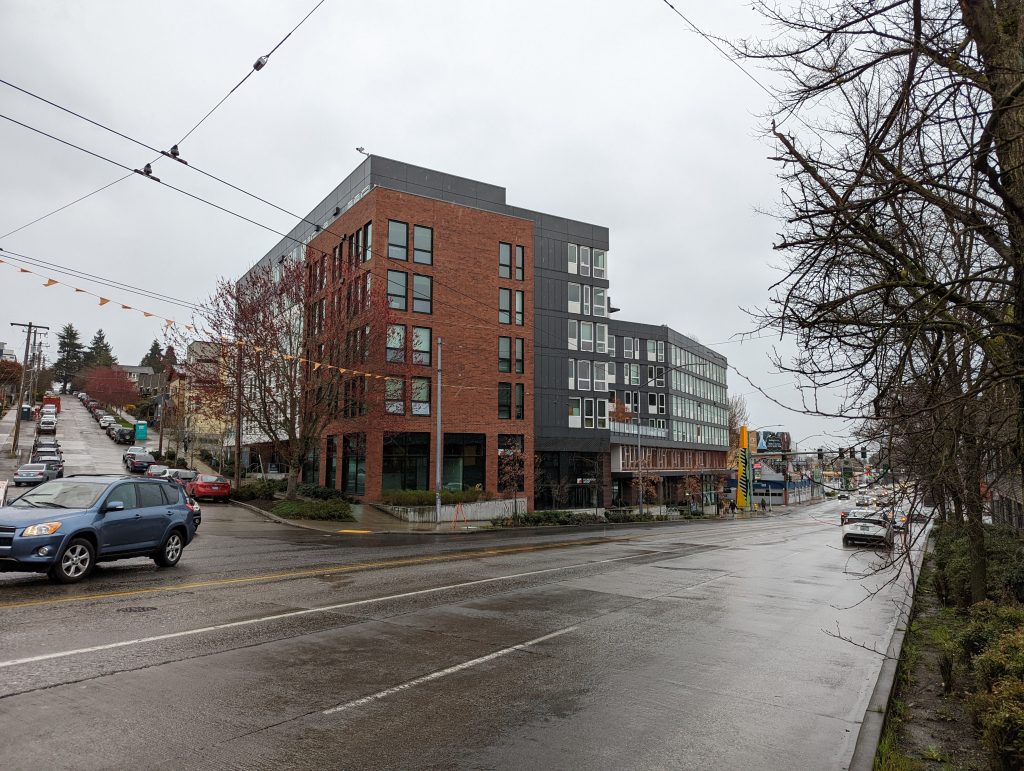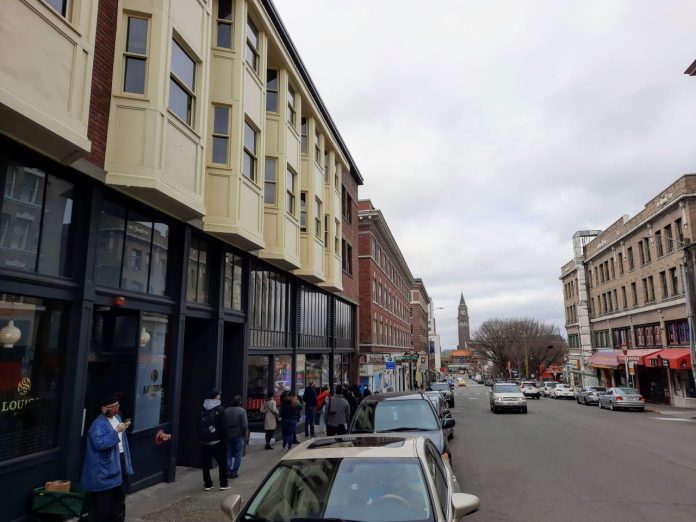
More than 4,500 homes have been constructed, permitted, or proposed in the Chinatown-International District since 2019 — 1,240 units of them affordable, based on our roundup of development.
Like other neighborhoods in Seattle zoned for apartments, the Chinatown-International District (CID) faces heavy development pressure. These pressures are particularly acute in the CID, as it has rare high-rise zoning, rapidly developing neighbors to the north in Downtown and to the east in the Central District, core transportation connections, and major infill opportunities. Even before Mandatory Housing Affordability (MHA) upzones, the CID had high-rise zoning that allowed some developers to sneak in major developments before the inclusionary housing/linkage fee was implemented. Outside of a brief pandemic trough, this development has not slowed. This article will cover the flurry of development and permitting activity within the CID over the past three years.
While not the core focus of this article, it is impossible to discuss CID development without acknowledging the massive displacement risk and gentrification felt by residents. According to the Seattle 2035 Growth and Equity report, the CID ranks among the highest in displacement risk in a survey of Seattle neighborhoods. This risk generates strong community and institutional interest in anti-displacement efforts and affordable housing development in the CID, present in community organization and the significant presence of affordable development.
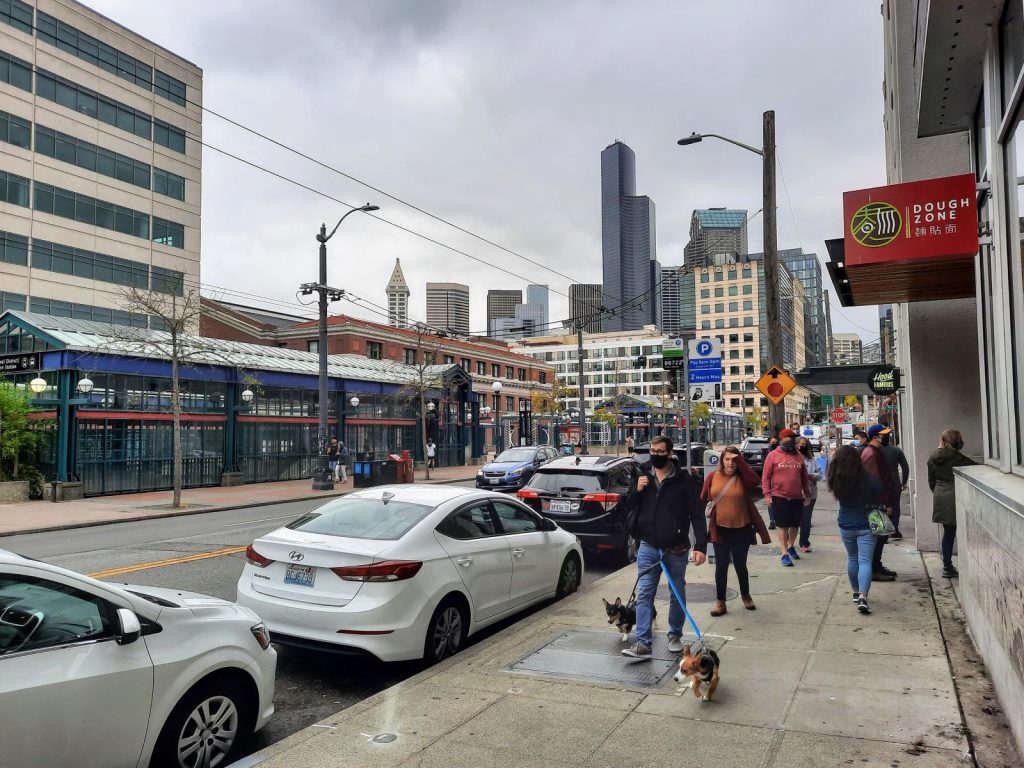
For the sake of simplicity and organization, I’ll be crudely using the Chinatown-International District Business Improvement Area’s map to draw districts within the CID, a disservice to the complex intermingling of the respective and other Asian businesses and residents. The CID can be roughly broken into Japantown, Chinatown, and Little Saigon. Japantown resides west of I-5 and north of S Jackson Street. Chinatown is also west of I-5 but south of S Jackson Street. Little Saigon is for the most part within the CID’s borders east of I-5. Notable developments adjacent to the CID are also included in this count.
Japantown
Closest to the Downtown core, Japantown’s development will mirror its northern neighbors with the tallest high-rises allowed in the CID. The site of community protests with the construction of the KODA condominiums, Japantown has the tallest building in the neighborhood at 17 stories tall. However, KODA may be surpassed in the next few years as Fujimatsu Village is being planned to be 28 stories tall.
- 101 6th Avenue S – Hana Apartments
- An 8-story, 160-unit affordable housing apartment building with ground-floor childcare.
- Certificate of Occupancy issued on January 25, 2020. The building is a Multi-Family Tax Exemption (MFTE) participant.
- 206 5th Avenue S – Origins 206
- An 8-story, 66-unit mixed-use building with 1,849 square feet of commercial space.
- The project is in permitting. MHA is required, $1,075,864.80 is the contribution requirement.
- 214-220 5th Avenue S – Blossom Apartments
- A 9-story, 184-unit mixed-use building with 4,625 square feet of commercial space. Around 20 parking spaces are proposed.
- The project is in permitting. MHA is required.
- 450 S Main Street – KODA Condominiums
- A 17-story, 203-unit condominium with ground-floor commercial space. 75 parking spaces were built.
- MHA was required, $4,373,005 was the contribution requirement. Certificate of Occupancy issued on January 3, 2020.
- 500 S Jackson Street – Fujimatsu Village
- A 28-story, 343-unit mixed-use building with 24,000 square feet of retail. 211 below-grade parking spaces are proposed.
- MHA is required.
Chinatown
Not entirely sheltered from high-rises, Chinatown will likely also see its fair share of double-digit story buildings. Perhaps the most notable projects are at Chinatown’s southern flank where a 1.5 million square foot office campus and 20 story tower is being proposed. Additional projects of interest include the affordable Uncle Bob’s Place (named after CID activist Bob Santos) and Jasmine, a 17-story project seeking to replace an old commercial building that’s a focus of CID Coalition/humbows not hotels’ community organizing.
- 701 S Jackson Street
- A 9-story, 238-unit mixed use building with ground-floor retail. No parking is proposed.
- MHA is required.
- 669 S King Street – Louisa Hotel Renovation
- An existing 5-story, mixed use building with ground-floor retail converted to now have 48 apartments and 36 small efficiency dwelling units (SEDU) in addition to retail.
- Certificate of Occupancy issued on June 18, 2019. All units are rent/income restricted, some on MFTE.
- 714 S King Street – Uncle Bob’s Place
- An 8-story, 126-unit affordable housing apartment building with 6,087 square feet of commercial space. No parking proposed.
- The project is under construction.
- 614-20 Maynard Avenue S – Jasmine
- A 17-story, around 200-unit mixed-use building with around 10,000 square feet of commercial space. 3 levels of parking with around 103 parking stalls are proposed.
- The project is in permitting. MHA is required.
- 616 8th Avenue S
- A 13-story, 202-unit mixed-use building with ground-floor retail spaces. 2 levels of below grade parking with 116 parking stalls are proposed.
- The project is in permitting. MHA will likely apply.
- 821 7th Avenue S
- A 20-story, 380-unit mixed-use building with ground floor retail space. 3 levels of below grade parking with 180 parking stalls are proposed.
- The project is in early permitting, MHA is required.
- 1000-1052 6th Avenue S
- An office building campus with 4 to 6 buildings, depending on how you count them, varying between 8-10 stories tall. Together, they will have over a million and a half square feet of office/lab/retail space and 682 parking stalls. All buildings will have ground-floor retail.
- The project is in permitting. MHA is required, ~$12.3 million is roughly the contribution requirement.
Little Saigon
Little Saigon is zoned for high-rises but hasn’t seen any proposed yet. However, this district is the heaviest hitter among the three arbitrary districts that I’m using for the article. Midrise projects are flooding into the area. Much of the CID’s affordable housing is also being located here.
- 209 12th Avenue S – Mason & Main
- A 9-story, 550-unit mixed-use building with 7,000 square feet of ground-floor retail space. Below grade parking with 198 parking stalls is under construction. MFTE and market-rate units, 417 market-rate and 133 rent-restricted 80% AMI units, are to be provided.
- The project is under construction. One of two Yesler Terrace developments directly adjacent to or in the CID.
- 321 10th Avenue S – Juniper
- A 7-story, 94-unit affordable housing apartment building. 47 parking stalls are proposed.
- The project is in permitting. The second of two Yesler Terrace developments directly adjacent to or in the CID.
- 1221 S Main Street
- A 130,000 square-foot, 160-unit mixed-use building. 75 parking spaces are proposed.
- The project is in early permitting. MHA is required.
- 913 S Jackson Street – Thai Binh Apartments
- A 7-story, 249-unit mixed-use building with 7606 square feet of retail space. 80 parking stalls and 87 bike parking spaces are provided. Based on a Northwest Asian Weekly article, this is a fully affordable 60% AMI building funded by Wells Fargo for low-income housing tax credits. The building is a participant in MFTE and other
- Certificate of Occupancy was issued on 4/24/2019.
- 1029 S Jackson Street – BEAM apartments
- An 8-story, 321-unit mixed-use building with ground-floor retail space. 177 parking stalls have been provided. 65 affordable units are provided, through MFTE participation.
- Certificate of Occupancy was issued on 6/10/2021.
- 1032 S Jackson Street
- A 450-unit mixed-use building with 8,000 square feet of retail space. 290 parking stalls are proposed.
- In early permitting. MHA is required.
- 1237 S Jackson Street
- A 6-story, 84-unit mixed-use building with 3,480 square feet of retail space is preferred. 34 parking stalls are proposed.
- In early permitting. MHA is required.
- 1253 S Jackson Street – An Lac
- A 6-story, 69-unit affordable housing mixed-use building with 9,800 square feet of commercial space.
- Certificate of Occupancy issued on February 20, 2020.
- 1005 S King Street – Hà Tiên
- A 10-story, 105-unit mixed-use building with 3,561 square feet of commercial space. 76 parking stalls and 100 bike parking stalls are proposed.
- The project is in early permitting. MHA is required, MHA performance is indicated with 8 affordable units.
- 1040 S King Street – King Apartments
- An 8-story, 57-unit mixed-use building with ground-floor commercial space. 9 parking stalls are proposed.
- The project is in permitting. MHA is not required, it began pre-MHA.
- 1261 S King Street
- A 7-story, mixed-used building with 20 apartments, 4 live/work units, and commercial space. 1 unit will be affordable.
- The permit has been issued.
- 501 Rainier Avenue S – Bob and Marcia Almquist Place
- A 7-story, 105-unit affordable housing mixed-use building with ground-floor retail space. 11 parking stalls have been provided. As a Plymouth Housing building, these units are permanent supportive housing.
- Certificate of Occupancy issued on April 29, 2020.
- 606 12th Avenue S – Native Village/SISC Pearl Warren Redevelopment
- A 5-story, 119-unit affordable housing residential building. 44 parking spaces are proposed.
- The project is in early permitting. Early documents indicate that this is the first of two phases.
- 622 Rainier Avenue S
- A 3 building, 7-story mixed-use complex with 205 units and retail. 112 parking stalls are provided.
- The project is under construction. MHA is required, a $3.5+ million contribution is expected.
- 718 Rainier Avenue S – Muir Apartments
- A 9-story, mixed-use building with 129 apartments, 6 live/work units, and ground-floor retail. Two of the nine stories contain provided basement parking.
- Certificate of Occupancy issued on June 18, 2019. 27 units are affordable through MFTE participation.
Altogether, over 4,500 units have either been constructed since 2019 or been in the permitting process. 1,326 units have been completed. 1,240 units of some sort of affordability have been completed or been in the permitting process. 749 units of some sort of affordability have been completed since 2019. Notably, nearly all these projects include commercial space. If all the projects located in this article are constructed, expect more affordable units to be provided and tens of millions of dollars paid into the City’s affordable housing fund via MHA.
Blue pins indicate developments that are or are expected to be market-rate or mostly market-rate, while green indicates affordable/income-restricted homes, and starred pins are completed.
In regard to displacement, it’s unclear how the effect of the current construction of affordable units will fend off displacement risk. What is painfully evident, however, is the regional shortage of housing that is inflating housing costs to new records and pushing displacement risk farther up the income scale. The CID is also empirically disproportionately burdened with the development of new housing due to its intense zoning compared to the rest of the city. This painful confluence creates a bit of an urbanist contradiction in the CID, one that seeks the development of much needed new housing while also avoiding the displacement of longtime neighborhood residents.
One fix may be to work toward a more even distribution of zoning for increased housing capacity throughout Seattle and the surrounding region to prevent development pressures from intensifying in only a few liberally zoned areas, like the CID. At this point, however, anti-displacement work in the CID will be more restorative than preventative given the recent history of displacement in the neighborhood.
Lower impact opportunities to develop new housing also may exist with the abundance and even distribution of surface parking in the CID, but that won’t stop gentrification that’s a product of dilution, new waves of Asian migration, and class ascendency. Chinatown has changed a lot since my family began immigrating to the region in the 80s and 90s.
In my own short memory, I can trace a line of change that has opened up boba shops and other signs of flux within the Asian American community. From what I remember as a food scene of Cantonese eateries and banh mi sandwiches has been diversified to include a gamut of other Chinese and Asian cuisines. We’ve got Viet Cajun, Korean corn dogs, poké, Sichuan, and hot pot now. While it’s not only serving up old school Humbow, which is what I’m learning some folks call Asian sweet or savory stuffed buns, the International District remains distinctly, if not more, international.
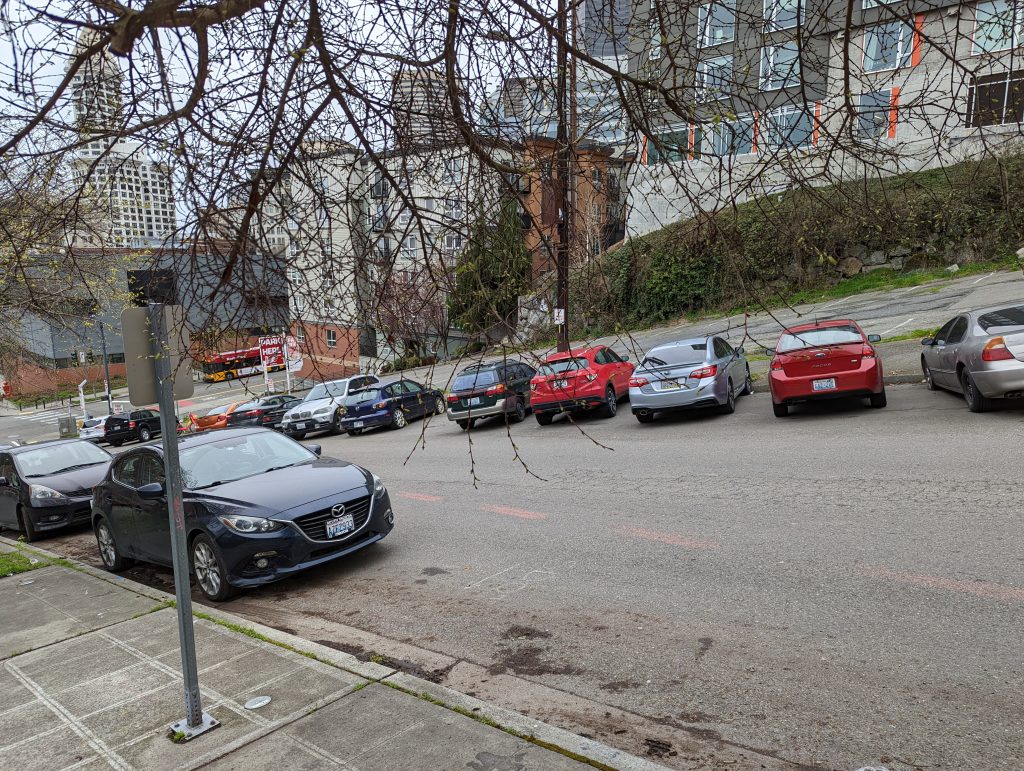
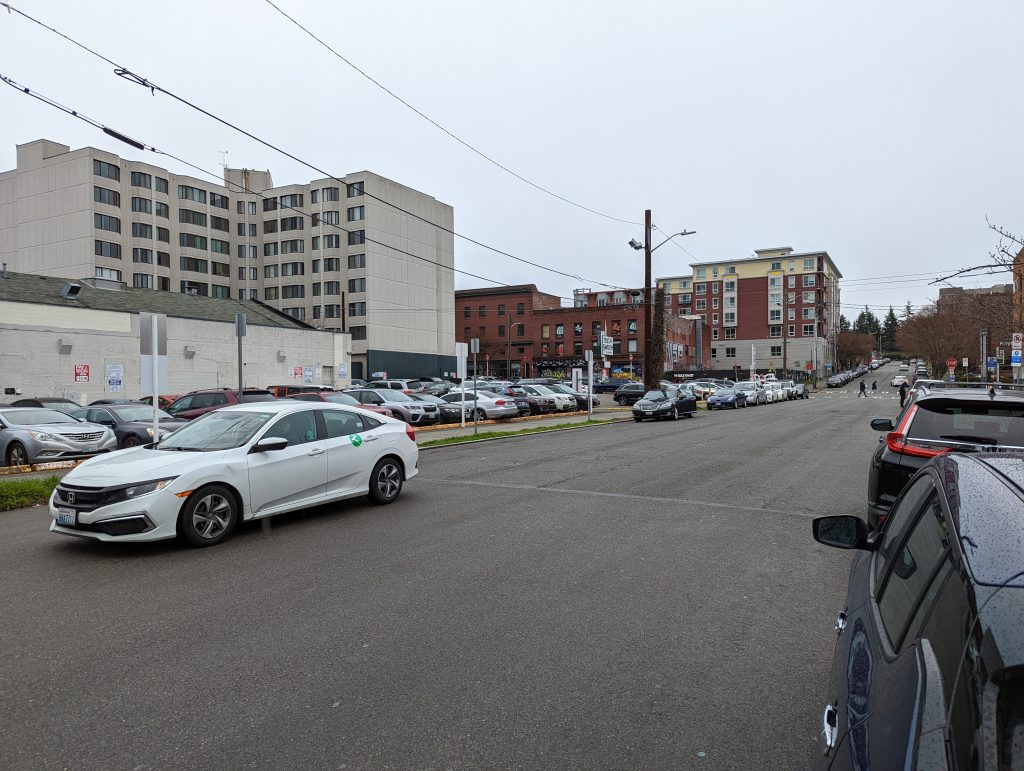
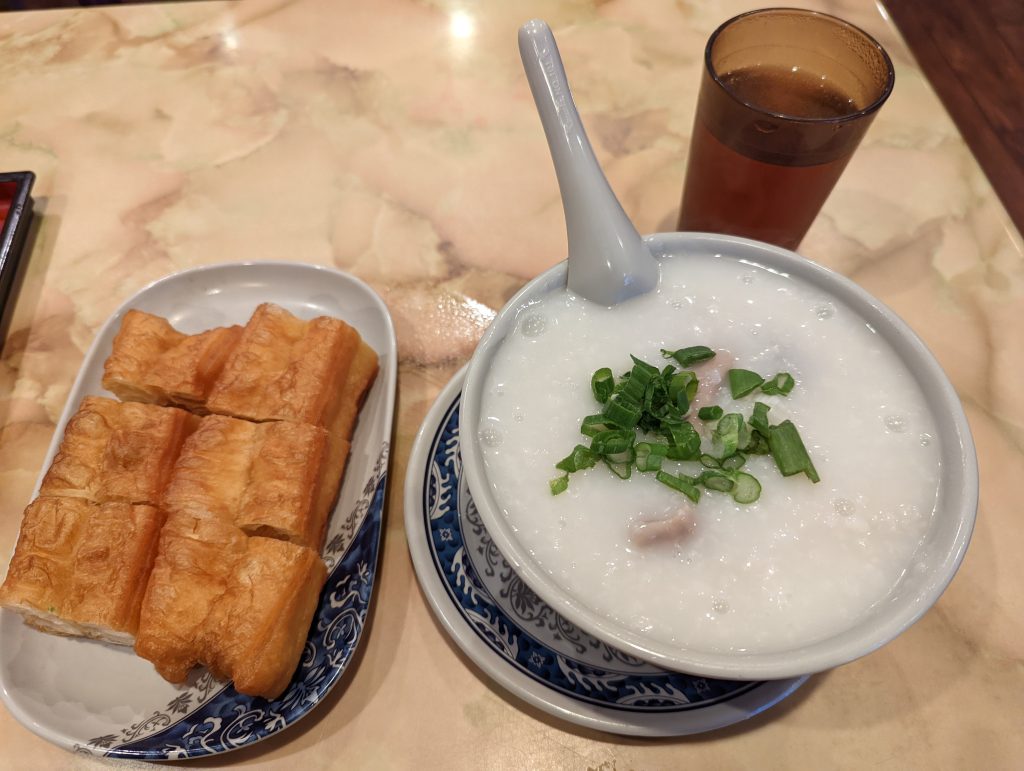
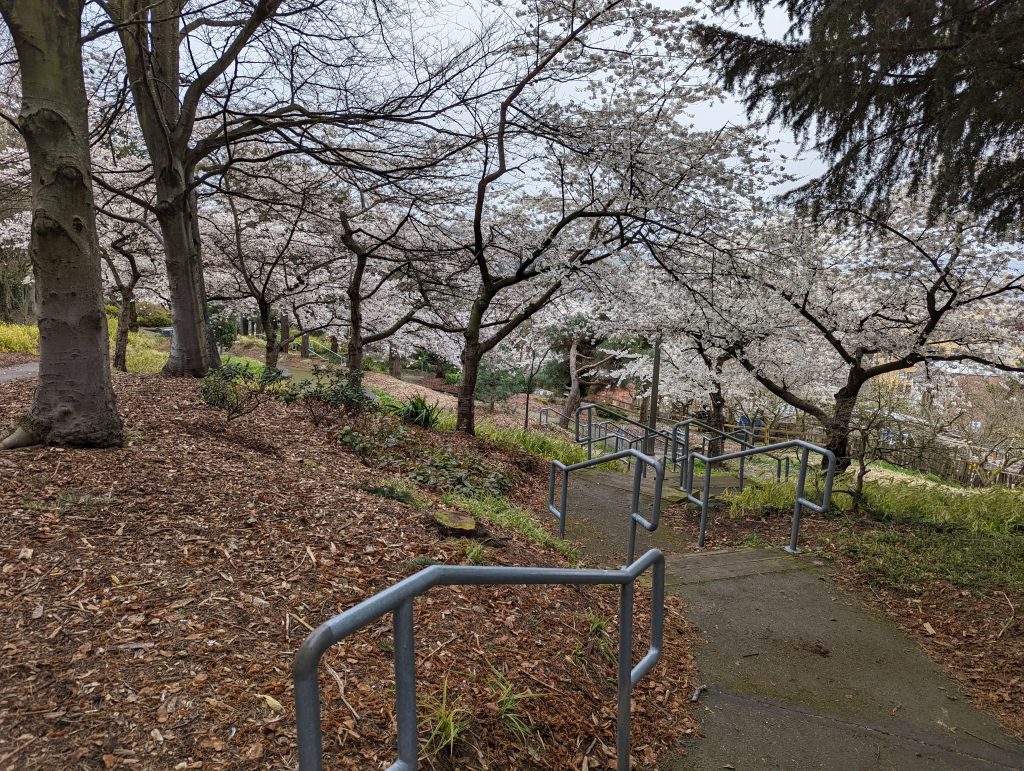
Shaun Kuo is a junior editor at The Urbanist and a recent graduate from the UW Tacoma Master of Arts in Community Planning. He is a urban planner at the Puget Sound Regional Council and a Seattle native that has lived in Wallingford, Northgate, and Lake Forest Park. He enjoys exploring the city by bus and foot.

